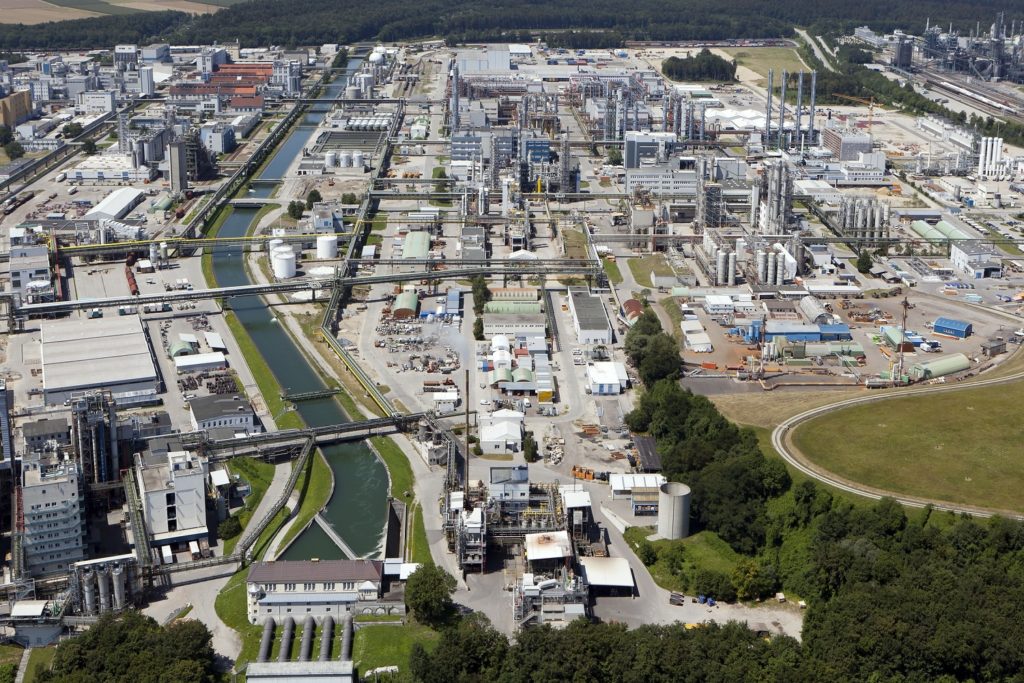From pv magazine Germany.
German chemical company Wacker Chemie AG has warned it will be forced to make an extraordinary write-down of around €750 million on the balance sheet value of its polysilicon production assets this year.
“That is chiefly because China’s construction of new solar installations falls short of initial expectations,” stated the company. “An additional burden is the high polysilicon overcapacity in China.” The exact amount of the write-down will be determined during the preparation of full-year results.
The hefty reverse has knocked expectations for Wacker’s polysilicon division from a slightly positive result into a loss before interest and tax of around €750 million. The figure will at least be dampened to the tune of €113 million by third-quarter insurance payment receipts related to a closure in 2017 after a hydrogen explosion at Wacker’s U.S. polysilicon facility.
Another blow
The latest setback came after the company had already been forced to rein in its full-year expectations in October.
“The expected solar-market recovery has not yet materialized and prices are still very low for polysilicon used in photovoltaic applications,” said chief financial officer Tobias Ohler. “At the same time, we only have limited visibility at present of how the market will develop.”
The executive did not pull his punches when pointing to what he considers the source of polysilicon oversupply, adding: “The Chinese government is subsidizing this expansion not only with loans and incentives but also by providing polysilicon producers there with coal-generated electricity at extremely favorable prices. We have adjusted our projections for the coming year accordingly.”
Sustainable PV
Ohler said the outlook has changed but the strategy remains the same. “We are continuing to work hard to reduce our costs and are keeping our focus on polysilicon for semiconductor applications and on high-quality material for monocrystalline solar cells,” he said.
This content is protected by copyright and may not be reused. If you want to cooperate with us and would like to reuse some of our content, please contact: editors@pv-magazine.com.




1 comment
By submitting this form you agree to pv magazine using your data for the purposes of publishing your comment.
Your personal data will only be disclosed or otherwise transmitted to third parties for the purposes of spam filtering or if this is necessary for technical maintenance of the website. Any other transfer to third parties will not take place unless this is justified on the basis of applicable data protection regulations or if pv magazine is legally obliged to do so.
You may revoke this consent at any time with effect for the future, in which case your personal data will be deleted immediately. Otherwise, your data will be deleted if pv magazine has processed your request or the purpose of data storage is fulfilled.
Further information on data privacy can be found in our Data Protection Policy.